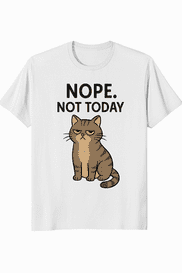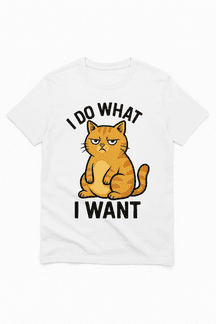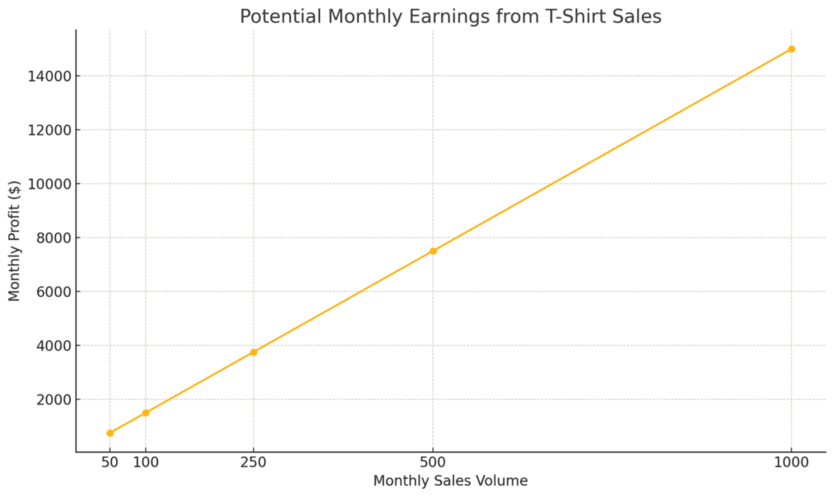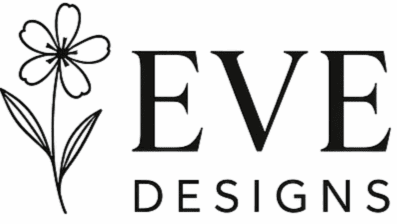AI is changing how we create art—and how we wear it. One of the most exciting trends right now? AI-generated art on T-shirts. It’s bold, creative, and turning heads in both the art and fashion worlds.
This post will walk you through the basics: the cool stuff AI can create, what you need to know legally, how to market your shirts, and whether you can make money doing it. Let’s dive in.
What Is AI-Generated Art?
AI-generated art is made with the help of algorithms, not brushes or pencils. These tools learn from tons of images and styles to create new, unique designs. The result? Patterns, illustrations, and surreal images that often look like something from a dream.
For T-shirt designers, AI brings fresh ideas fast. You can create lots of designs quickly. And no two need to be alike.
Why it works:
- It’s unique
- It’s scalable
- It’s visually striking
You’ll find everything from trippy fractals to dreamy landscapes. And since the designs are machine-generated, you can keep experimenting without starting from scratch each time.
Can You Legally Sell AI Art on T-Shirts?


Short answer: yes—but with a few things to keep in mind.
Copyright is tricky
In most countries, traditional copyright only protects work created by humans. So, if your design is made entirely by AI, there might not be clear ownership. But if you helped shape it (by training the model, tweaking results, etc.), you might have rights to it.
Get the right licenses
Make sure the AI model you use was trained on legal data. Avoid anything based on copyrighted content unless you have permission. Some tools offer commercial licenses—read the fine print.
Be ready to prove originality
If your design looks like someone else’s, even by accident, you could run into trouble. Always check that your AI art is truly one-of-a-kind.
How to Market Your AI T-Shirts
You’ve got great designs. Now, how do you sell them?
Know your audience
Tech fans. Art lovers. Streetwear shoppers. Find the people who care about cool, unusual designs. Focus your marketing on what makes your shirts stand out.
Tell your story
Don’t just post a shirt—share how it was made. Was the AI trained on nature photos? Did you prompt it with a poem? That behind-the-scenes story makes people care.
Use the right platforms
Instagram, TikTok, Pinterest—visual platforms work best. Use high-quality images, close-ups, and videos of people wearing your shirts.
Work with influencers
Find micro-influencers who love art or streetwear. A single post can drive serious traffic to your shop.
Create urgency
Limited drops or time-only offers make people act fast. Scarcity sells.
🛒 Where to Sell and Print Your AI T-Shirts
You don’t need a warehouse or piles of inventory to start selling. Print-on-demand (POD) services handle the heavy lifting—printing, packing, and shipping your AI-designed shirts as orders come in. That means less risk and more time to focus on creativity and marketing.
Here are some top platforms to consider:
🔧 Printful
- Best for: Custom branding and pro-level eCommerce.
- Why use it: Integrates easily with Shopify, Etsy, and WooCommerce. Offers branded labels, packaging, and a wide range of apparel options.
- Bonus: High-quality prints and fast global shipping.
🎨 Redbubble
- Best for: Artists and designers targeting younger, trend-aware buyers.
- Why use it: Built-in marketplace with an active community. You can upload a design and have it appear on dozens of products—including shirts, stickers, and phone cases.
- Bonus: No upfront costs or shop setup fees.
📢 Spring (formerly Teespring)
- Best for: Content creators and influencers.
- Why use it: Simple, social-media-friendly setup. Connects directly with platforms like YouTube and Instagram.
- Bonus: Campaign features let you drop limited runs and build urgency.
🖼️ Fine Art America
- Best for: Turning AI art into premium, gallery-style merchandise.
- Why use it: This platform attracts buyers who value artistic expression. Ideal if your AI designs are more abstract, surreal, or painterly.
- Bonus: You can sell not just T-shirts, but also art prints, canvas, posters, and home décor. Great for expanding your brand beyond fashion.
How to Choose
| Platform | Strengths | Best For |
|---|---|---|
| Printful | Custom branding + shop integrations | Entrepreneurs + custom stores |
| Redbubble | Built-in audience + easy upload | Designers + artists |
| Spring | Social integrations | Creators + influencers |
| Fine Art America | Art-first + multi-product catalog | Artists with fine art-style work |
Using one or more of these platforms can help you scale without upfront costs. Try a few and see which one aligns best with your goals and audience.
Is It Profitable?

It can be.
Here’s how to improve your chances:
- Use POD to keep costs low
- Offer premium or limited editions for higher margins
- Bundle T-shirts with digital art downloads
- Run ads targeting fans of AI, tech, or indie fashion
With the right marketing and a niche audience, even small shops can grow fast.
Don’t Forget the Ethics
Just because AI can create anything doesn’t mean it should.
Keep it original
Don’t copy styles or artists without permission. People want authentic.
Respect cultures and communities
Avoid using symbols or designs from cultures you don’t understand. What might look cool to you could be offensive to others.
Think about sustainability
Choose eco-friendly print shops. Offer organic shirts. Show your customers you care about the planet too.
FAQs
Yes, if the artwork is original or properly licensed.
It depends. If you guided the process, you may own it. If the AI created it 100% alone, it’s a gray area.
Use legal, licensed tools. Don’t copy anyone’s work. Keep a record of your process.
Use visuals. Tell your story. Collaborate with creators. Sell through niche communities.
Printful, Redbubble, and Shopify integrations are great places to start.
It can be. Look for eco options and minimize waste through print-on-demand.
Final Thoughts
AI art is changing the game. It’s fun, fast, and full of potential. Putting it on T-shirts makes it wearable—and sellable.
There’s a lot to learn: legal stuff, marketing, ethics, and more. But if you stay smart and creative, there’s plenty of room to build something amazing.
Got questions? Drop them below. Tried selling your own AI T-shirts? Share your tips! Let’s keep the conversation going.
You Might Also Like
External Sources
How AI Can Enhance the Creative Process
